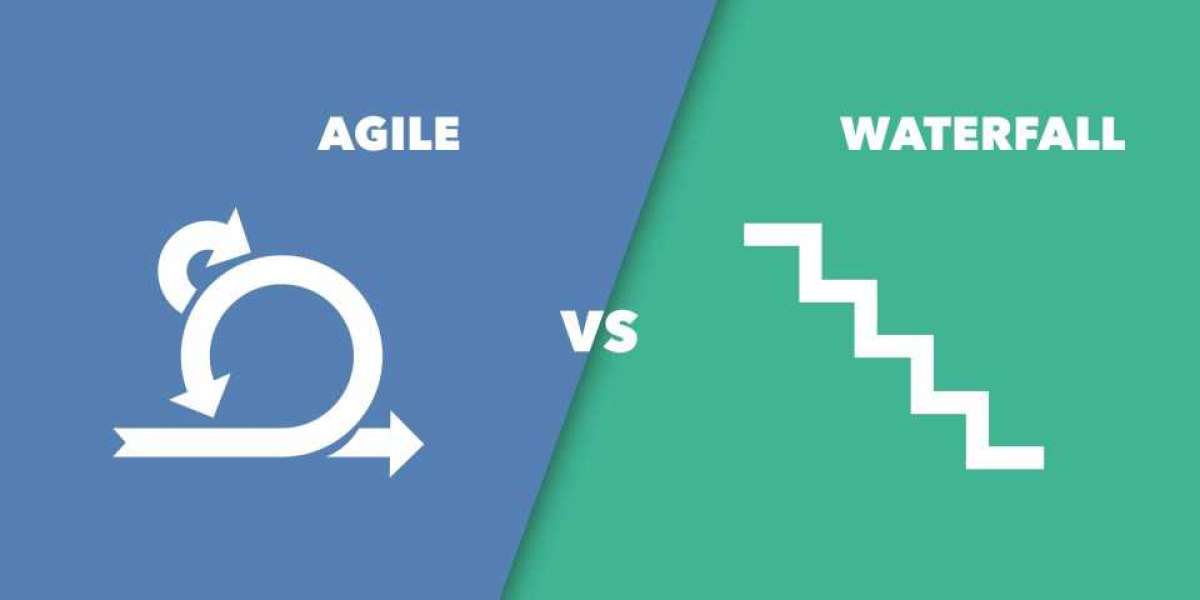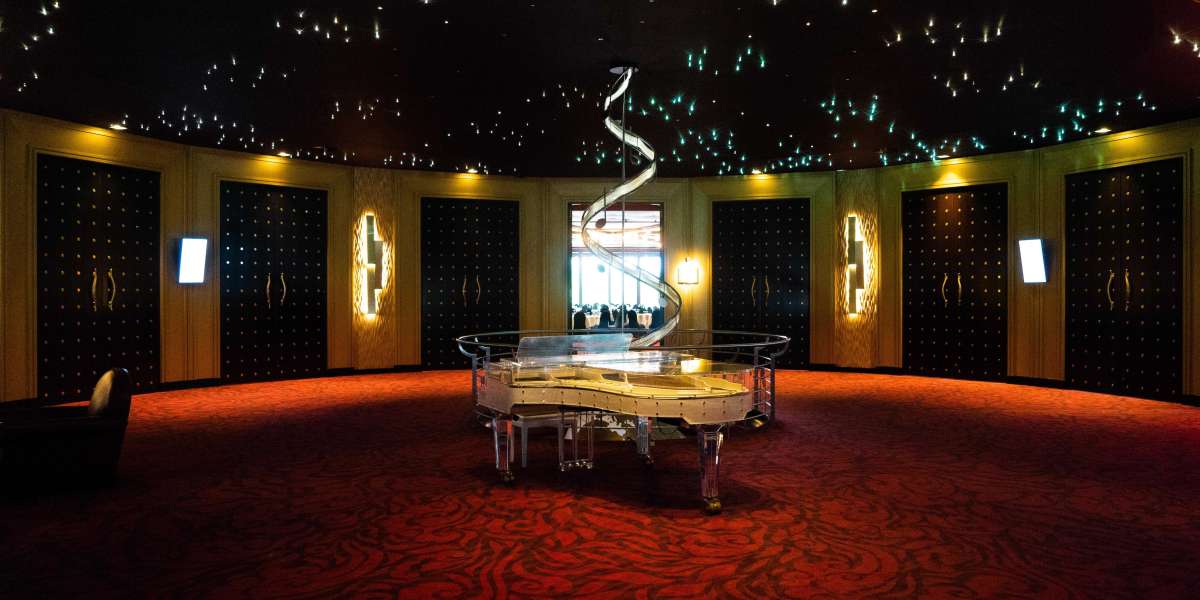Waterfall vs Agile: Choosing the Right Approach for Your Project
In the ever-evolving landscape of project management, two methodologies have gained significant popularity - Waterfall and Agile. These approaches offer distinct ways to tackle projects, each with its own set of advantages and drawbacks. In this article, we will delve into the Waterfall and Agile methodologies, highlighting their differences and helping you make an informed decision about which one to use for your project.
Understanding Waterfall Methodology (H1)
The Waterfall methodology is a traditional and linear approach to project management. It follows a structured sequence of phases, with each phase depending on the deliverables of the previous one. Here's an overview of the key phases:
Phase 1: Requirements Analysis (H2)
In this initial phase, all project requirements are gathered and documented comprehensively. Stakeholders' input is crucial to defining project goals.
Phase 2: System Design (H2)
The design phase focuses on creating a detailed blueprint of the entire project. Architects and designers work to create a clear vision of the final product.
Phase 3: Implementation (H2)
Once the design is approved, developers start building the project according to the specifications outlined in the previous phases.
Phase 4: Testing and Quality Assurance (H2)
Testing is a critical phase in Waterfall. The entire project is thoroughly tested to identify and fix any issues.
Phase 5: Deployment (H2)
Once testing is successful, the project is deployed to the end-users.
Phase 6: Maintenance and Support (H2)
Ongoing maintenance and support are essential to address any post-deployment issues and ensure the system's smooth operation.
Pros and Cons of Waterfall (H1)
Pros of Waterfall (H2)
- Clarity: Well-defined requirements and design from the start.
- Predictability: The timeline and budget are typically more predictable.
- Documentation: Comprehensive documentation at each stage.
Cons of Waterfall (H2)
- Inflexibility: Limited room for changes once the project starts.
- Longer Time to Market: Can be slower, especially for large projects.
- Risk Management: Risks may not be identified until late stages.
Agile Methodology: An Overview (H1)
Agile is an iterative and flexible approach that emphasizes collaboration, customer feedback, and adaptability. Here's how it works:
Sprints and Iterations (H2)
Agile divides the project into small increments called sprints, with each sprint focused on delivering a specific set of features or functionalities.
Continuous Feedback (H2)
Throughout the project, stakeholders and team members provide continuous feedback, allowing for adjustments and improvements.
Collaboration (H2)
Agile encourages close collaboration between team members, fostering a dynamic work environment.
Pros and Cons of Agile (H1)
Pros of Agile (H2)
- Flexibility: Easier to adapt to changing requirements.
- Customer-Centric: Regular feedback ensures the product meets customer needs.
- Early Deliveries: Incremental releases allow for early testing and deployment.
Cons of Agile (H2)
- Complexity: May require more extensive documentation to manage changes.
- Uncertainty: Less predictability in terms of final project cost and timeline.
- Resource Demands: Requires a highly involved team.
Choosing the Right Methodology (H1)
The choice between Waterfall and Agile depends on several factors:
Project Size and Scope (H2)
- Waterfall: Ideal for well-defined, large projects.
- Agile: Suited for smaller projects or those with evolving requirements.
Client Involvement (H2)
- Waterfall: Less client involvement until project completion.
- Agile: Continuous client engagement and feedback.
Change Tolerance (H2)
- Waterfall: Less accommodating of changes.
- Agile: Embraces changes throughout the project.
Conclusion (H1)
In the Waterfall vs. Agile debate, there's no one-size-fits-all answer. Your choice should align with the unique requirements of your project and your team's capabilities. Waterfall provides structure and predictability, while Agile offers flexibility and adaptability.
Remember that many projects today incorporate elements of both methodologies, tailoring the approach to the specific needs of the project.








